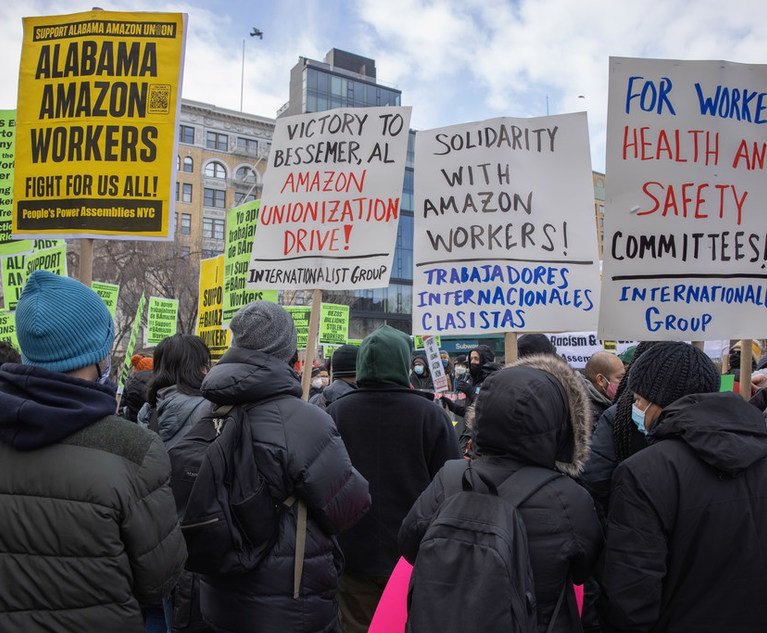Prior to November, most polls predicted a strong Democratic sweep establishing a mandate for Democrats to implement their agenda through Congress. Election Day yielded a much different result, with a Biden win, but Republican gains in the House and what appeared would be a slim Republican majority in the Senate. Surprisingly, after the election conspiracies and the January 5 Georgia runoffs, the Democrats won a Senate majority with Vice President Harris casting the deciding vote.
What does the narrow Democratic Senate majority mean for labor and employment? The Democrats’ margin in the Senate is smaller than in 2009 when Obama became President with a slightly larger Democratic majority. The filibuster blocked most of the Democrats’ progressive legislative action in the Senate, such as the Employee Free Choice Act, and most labor and employment law changes came through administrative action.
This content has been archived. It is available through our partners, LexisNexis® and Bloomberg Law.
To view this content, please continue to their sites.
Not a Lexis Subscriber?
Subscribe Now
Not a Bloomberg Law Subscriber?
Subscribe Now
LexisNexis® and Bloomberg Law are third party online distributors of the broad collection of current and archived versions of ALM's legal news publications. LexisNexis® and Bloomberg Law customers are able to access and use ALM's content, including content from the National Law Journal, The American Lawyer, Legaltech News, The New York Law Journal, and Corporate Counsel, as well as other sources of legal information.
For questions call 1-877-256-2472 or contact us at [email protected]










